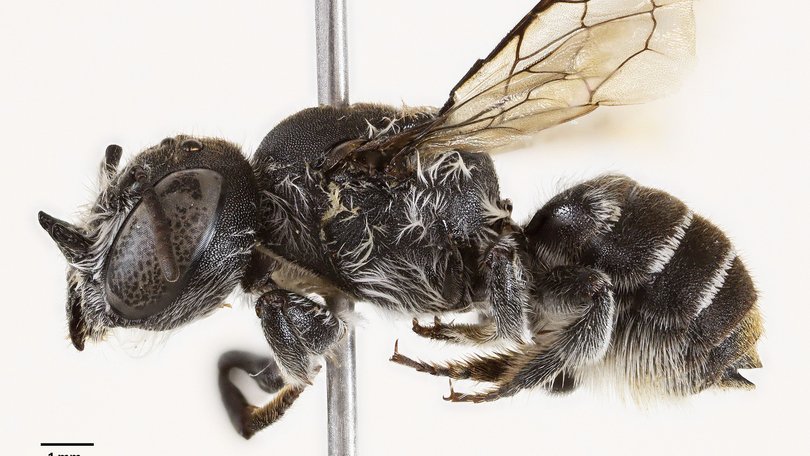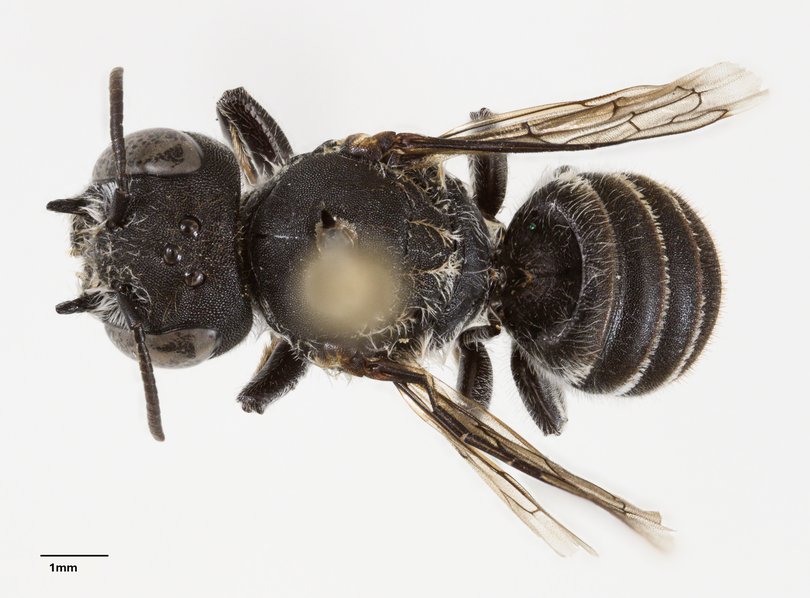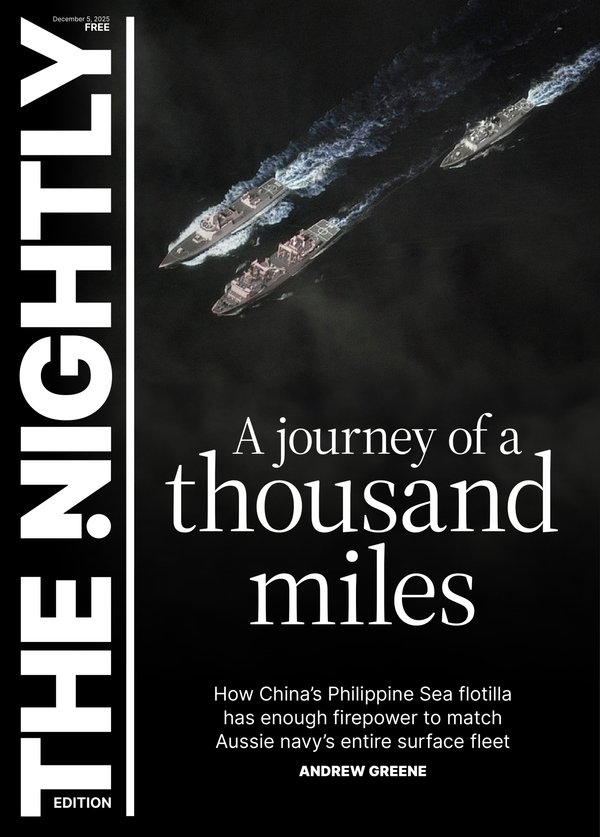Megachili (Hackeriapis) Lucifer: New bee species discovered near Bremer Range region

A new species of native bee — fitted with tiny “horns” and named after the devil — has been discovered in the Goldfields region.
The flying pollinator was discovered during a survey of the critically endangered wildflower marianthus aquilonarius, which is only found in the Bremer Range region, about 100km west of Norseman.
Native bee scientist Dr Kit Prendergast named the insect Megachili (Hackeriapis) Lucifer, taking inspiration from a hit Netflix show and its an unusual horned face.
Sign up to The Nightly's newsletters.
Get the first look at the digital newspaper, curated daily stories and breaking headlines delivered to your inbox.
By continuing you agree to our Terms and Privacy Policy.“These horns are very distinct and devilish, I wanted to call it a devil-like name and so I decided Lucifer,” Dr Prendergast told PerthNow.
“Lucifer means light bringer in Latin — I want to bring light to these issues around the lack of conservation of natives bees, how many species are undescribed and how many threatened plants which we haven’t identified their pollinators.

“Also, I love the Netflix show Lucifer.”
Dr Prendergast — an adjunct research fellow at Curtin University — said the survey of the plant was conducted back in 2019, but it was only in recent years and after funding that the bee could be formally classified.
“We want to create a library with all the DNA barcodes of Australian native bee species, so I barcoded it, and it didn’t match anything, And it’d been on my mind, for years,” she said.
“It’s so important to describe this species, given it visits a critically endangered plant . . . and so I set to work”.
Dr Prendergast said ensuring the conservation of native plants went hand-in-hand with identifying the bees responsible for pollinating them.

“If we describe a species, then we can properly study it,” she said.
“If we wanted to protect the flower, describing the species is the first step to protecting; the plants and the pollinators.”
After visits to survey the endangered wildflower the bee was also found pollinating a mallee tree.
But Dr Prendergast said there was still a “critical knowledge gap” between the description of pollinators and their associated plants.

“Native bees that have evolved in Australia, we don’t even know the names of them, they haven’t been described, we don’t know their distribution, where they nest.”
Dr Prendergast said the discovery was the first member of the bee group to be described in more than 20 years.
“Many mining companies still don’t survey for native bees, so we may be missing undescribed species, including those that play crucial roles in supporting threatened plants and ecosystems,” she said.
Originally published on PerthNow
